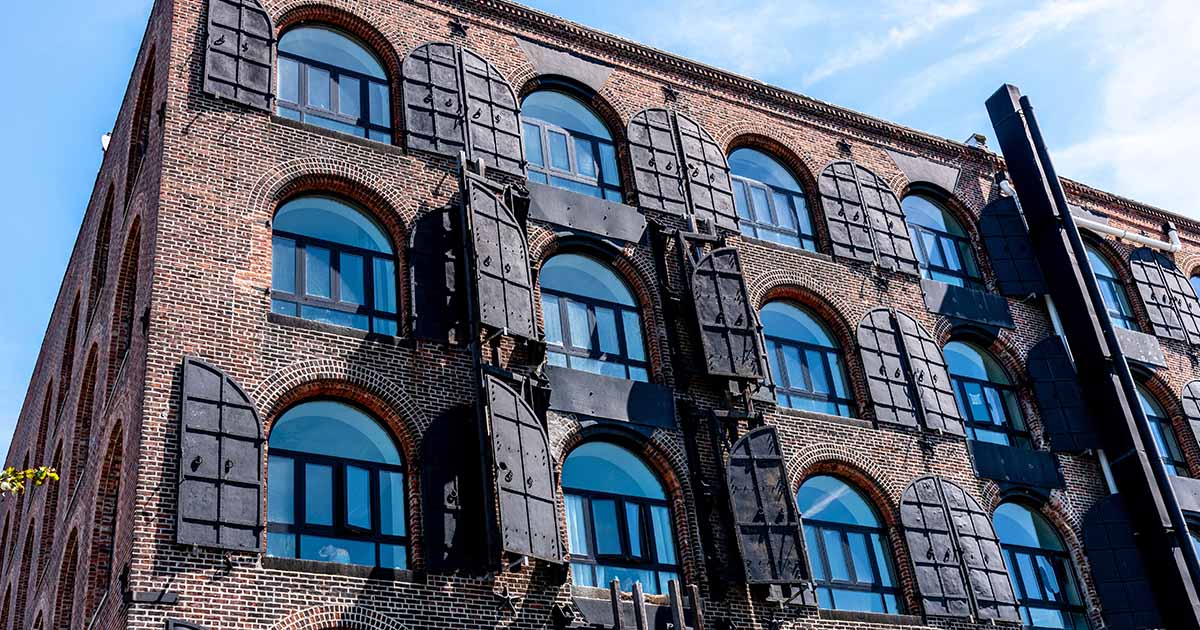
For over 40 years, College 60 Minute Cleaners operated at the same location in a commercial and residential area. They used tetrachloroethene (PCE) for their operations from 1974 through 2015. Then, one day, vapors were detected at elevated levels in the neighboring apartment and restaurant, and EnviroForensics installed an extensive vapor mitigation system.
College 60 Cleaners then executed a Voluntary Remediation Agreement (VRA) with IDEM’s Voluntary Remediation Program (VRP) to begin the environmental investigation and remediation process. Next, EnviroForensics conducted Confidential Insurance Archeology and uncovered historical insurance to fund the environmental cleanup. Then, EnviroForensics conducted subsurface investigations to determine the extent of soil and groundwater impacts of volatile organic compounds (VOCs) associated with carbon tetrachloride and tetrachloroethene (PCE) and its associated breakdown products. The results from the investigation activities defined the horizontal and vertical extent of soil and groundwater impacts. Then vapor intrusion (VI) investigations and mitigation were conducted at neighboring locations in the area.
The drycleaner operated throughout the environmental investigation, and their historical insurance helped fund over $1.65 million in environmental investigation costs. As a result, the bulk of contamination has been remediated. The site is in the monitoring and reporting phase of the site closure process. The owner sold their property at a fair market value, and the air quality was restored at the apartment complex and restaurant.

A Wisconsin Apartment Complex was located on the former Appleton Wire Works site, a manufacturing facility that began operation in the late 1800s. The site had been partially remediated before the issuance of regulatory guidance on investigating vapor intrusion beneath and inside buildings. After vapor intrusion became a regulatory focus, the Wisconsin Department of Natural Resources (WDNR) directed an initial vapor intrusion assessment, including collecting and analyzing sub-slab vapor, including vapor from beneath the floor of the buildings and indoor air samples. The results of this assessment revealed trichloroethene (TCE) in both indoor air and sub-slab vapor at concentrations above regulatory thresholds. As a result, EnviroForensics was contracted to conduct additional vapor intrusion assessment and mitigation activities.
APPROACH
EnviroForensics conducted additional vapor intrusion sampling and sub-slab pressure testing for purposes of mitigation design. Designed a sub-slab depressurization system (SSDS) consisting of 10 individual fans to mitigate vapors in all occupied spaces of the apartment complex. Assembled informational materials and held an open house for all stakeholders, including residents, media, regulators, and concerned citizens, in advance of the SSDS installation. Mitigated the apartment complex complicated with multiple layer flooring system, in-floor radiant heating lines, and a Combination of flat and pitched rooftops. Conducted post-installation pressure confirmation testing and several indoor air sampling events. Installed a remote alarm system that provides notification in the event of pressure loss.
OUTCOME
The SSDS achieved the required sub-slab pressure differentials, and the post-installation indoor air sampling results confirmed successful mitigation in all areas. Operation and maintenance of the SSDS continue while additional groundwater remediation is ongoing.

